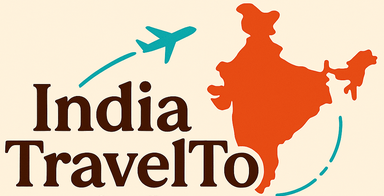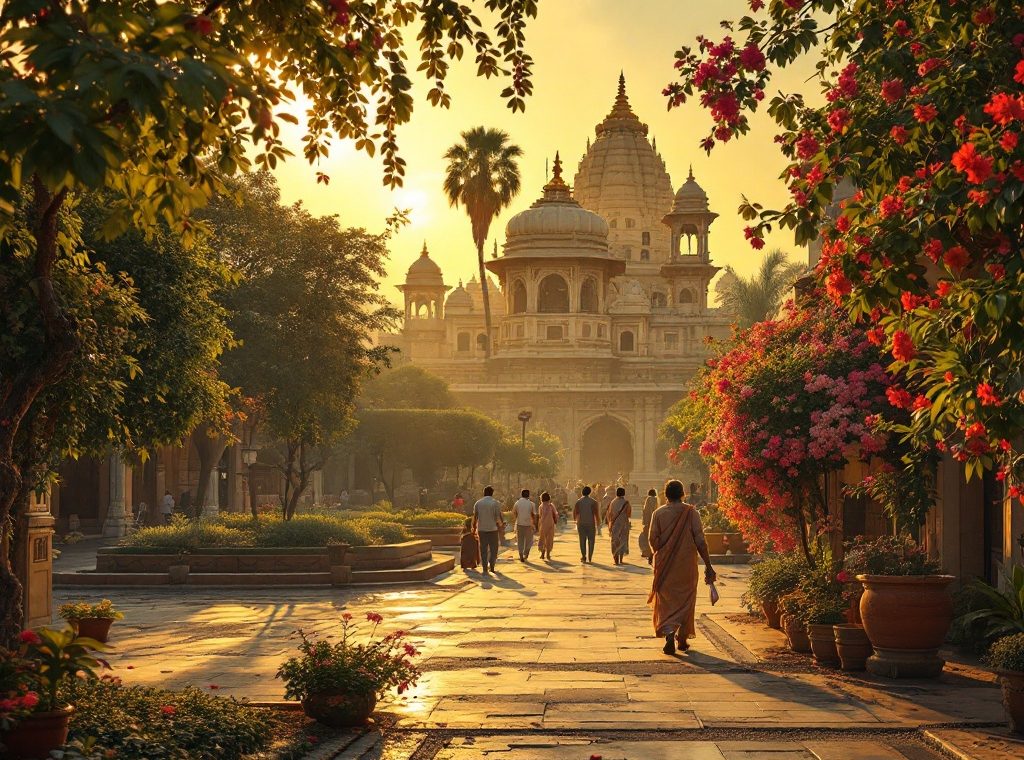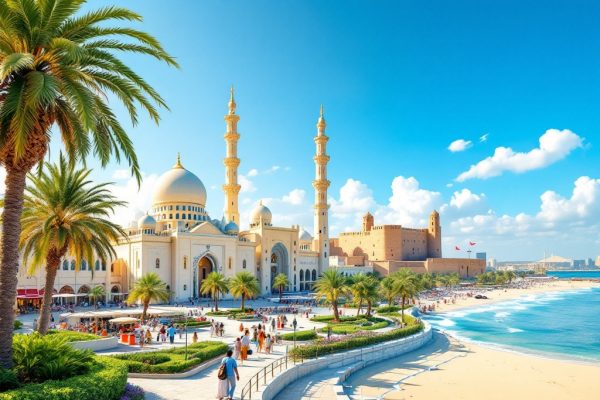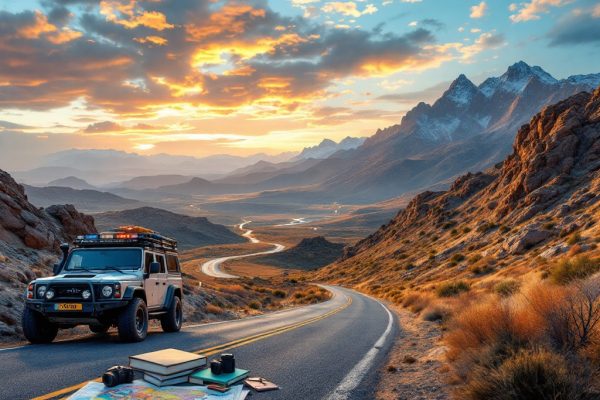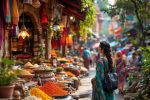Avoid the Crowds: The Best Off-Peak Times to Visit India
Discover the magic of India during its less crowded seasons! Explore ancient sites and vibrant cities with fewer tourists. Learn about the best times to visit for pleasant weather, from the peak season of winter to the shoulder seasons of spring and fall. Uncover tips for planning your perfect Indian adventure, including regional variations in weather and the advantages of off-season travel. Start planning your dream trip today!
Important information
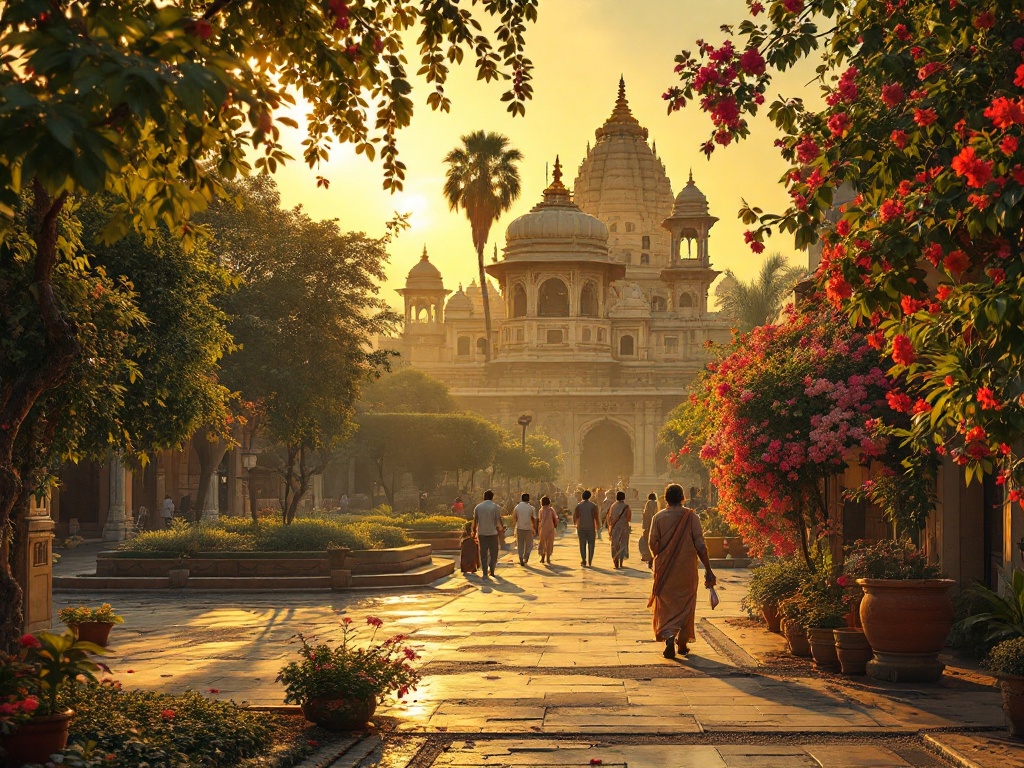
- Peak Season (Winter – December to March): Offers the best weather across most of India, ideal for exploration, but expect higher prices and more tourists.
- Shoulder Seasons (Late September to Early November & Mid-February to March): Pleasant weather, fewer crowds, and potentially better deals on flights and accommodations.
- Low Season (Monsoon – April to September): Heavy rainfall, especially June to September, can disrupt travel but offers the lowest prices and fewest crowds.
- Regional Variations: Northern India is best visited October to March, while Southern India is most enjoyable November to February.
- Off-Season Advantages: Fewer crowds, lower prices, and opportunities for authentic cultural immersion.
Understanding India’s Travel Seasons
Winter (December to March)
Winter is the peak tourist season in India, offering the most favorable weather across much of the country. This is an ideal time for exploration, but expect larger crowds and higher prices.
Shoulder Seasons (Late September to Early November & Mid-February to March)
These months offer a sweet spot with pleasant weather and fewer crowds than the peak winter months. You’ll enjoy a more comfortable travel experience with potentially better deals.
Low Season (April to September)
This period coincides with the monsoon season, bringing heavy rainfall, especially from June to September. While some regions offer unique experiences during the monsoon, travel can be challenging due to weather disruptions.
Regional Variations
Northern India is best visited from October to March for optimal weather. Southern India is most enjoyable from November to February due to its distinct climate patterns.
Winter Season: December to March
India’s winter, from December to March, offers pleasant weather perfect for exploring. Tourist traffic is lower during this period, especially mid-February to March, making winter an appealing time to visit.
Shoulder Seasons: Late September to Early November and Mid-February to March
Discover the magic of India during its shoulder seasons: late September to early November or mid-February to March. These periods offer pleasant weather and fewer crowds. The comfortable temperatures create an ideal setting for exploration at a more relaxed pace than peak season. Enjoy iconic sites without the usual throngs of tourists. While crowds are smaller, booking accommodations and transportation in advance is still recommended.
Best time to visit India
Late September to early November, post-monsoon, offers lush landscapes and vibrant festivals.
Mid-February to March, pre-summer, provides pleasant warmth perfect for sightseeing.
Why choose shoulder season?
Enjoy comfortable temperatures: Explore without the intense heat of summer or the chill of winter.
Escape the crowds: Experience popular attractions with more tranquility.
Better deals: You might find more competitive prices on flights and accommodations.
Plan your trip
Research destinations and decide on your itinerary.
Book in advance
Secure flights and accommodations, especially if traveling during popular festivals.
Pack accordingly
Consider the weather and activities you’ll be doing.
Embrace the experience
Immerse yourself in the rich culture, history, and natural beauty of India.
Low Season: April to September
India’s low season runs from April to September, characterized by high temperatures and heavy monsoon rains. While these rains may occasionally disrupt travel, budget travelers often favor this period for its reduced prices on flights and accommodations. The smaller crowds also provide a more relaxed and intimate experience. Be sure to pack accordingly for potential rain.
Why Visit India During Off-Peak Times?
Traveling to India during the off-season offers several benefits. Fewer crowds at popular tourist spots mean a more relaxed and enjoyable visit. Off-peak travel also translates to significant savings on flights and accommodations. Perhaps the greatest advantage, however, is the chance for authentic cultural immersion and connection with local people.
For pleasant weather, consider visiting during the shoulder seasons
- late September to early November offers ideal conditions,
- mid-February to March also offers pleasant weather.
For the lowest prices and smallest crowds
Travel between April and September, but be prepared for warmer temperatures. Travel insurance is also recommended for peace of mind.
Weather Conditions and Tourist Crowds
Experience the magic of India without the hustle and bustle by traveling during the less crowded seasons. The winter months, from December to March, offer pleasant weather perfect for exploration. The shoulder seasons (late September to early November and mid-February to March) are equally enchanting. With fewer tourists, you can comfortably explore popular destinations and enjoy a more relaxed pace. The weather during these times is generally favorable, especially from mid-February to March, when mild temperatures create ideal conditions for sightseeing.
Winter Season (December – March)
Enjoy pleasant weather ideal for exploring India’s diverse landscapes.
Shoulder Seasons (Late September – Early November & Mid-February – March)
Experience a more relaxed pace with fewer tourists while still enjoying favorable weather.
Advantages of Visiting in Shoulder Seasons
Discover the magic of India during the shoulder seasons, from late September to early November or mid-February to March. These periods offer pleasant weather and fewer crowds, particularly after Diwali. This allows for easier access to cultural sites and natural beauty, creating a more relaxed and enriching travel experience. Explore India’s treasures without the usual hustle and bustle.
Best Off-Peak Times for Popular Indian Destinations
Delhi: experience the rich history and vibrant culture from October to November or February to March for ideal weather and smaller crowds at iconic sites like the Red Fort. If you prefer lush greenery, visit from July to September after the monsoon season.
Kolkata: this cultural hub is best visited from October to March for comfortable weather. Don’t miss Durga Puja in September or October, among other cultural events.
Kerala: explore the scenic backwaters and Ayurveda from November to February for pleasant weather.
Varanasi: for a spiritual experience, visit from October to March for pleasant weather and to witness ceremonies along the Ganges. Avoid the monsoon season (July to September) and the intense summer heat.
Goa: enjoy the beautiful beaches from October to March for pleasant weather perfect for beach activities. While more humid, April to September sees fewer tourists.
Mumbai: explore the urban landscape from October to February when the weather is pleasant for sightseeing. March to May brings hotter, more humid conditions.
Rajasthan: experience the royal heritage from October to March, comfortably exploring forts and palaces while avoiding the scorching summer heat and enjoying vibrant festivals.
Delhi: Cultural and Historical Sites
Delhi, a city steeped in history and culture, is best explored during the mild, pleasant winter months, from November to February. For a less crowded experience, consider visiting after Diwali. You can comfortably explore iconic landmarks like the Red Fort, Humayun’s Tomb, and the breathtaking Qutub Minar. The cooler temperatures enhance the enjoyment of sightseeing these magnificent sites.
Goa: Beach Days and Tranquility
Goa’s beaches are ideal during the winter months, from November to February. The warm, dry weather creates perfect conditions for swimming, sunbathing, and a variety of water sports. The smaller crowds at this time of year also allow for a more peaceful and tranquil beach experience.
Kolkata: Cultural Festivals and Events
Experience Kolkata’s rich culture during the ideal winter season, spanning December to March. This period offers pleasant weather and is perfect for exploring the city’s many attractions. Witness the grandeur of Durga Puja, a festival renowned for its spectacular celebrations. For a more personal experience, consider visiting during the off-season. You’ll enjoy the festivities with smaller crowds and more personal space.
Mumbai: Urban Exploration
Mumbai offers a vibrant experience for every traveler. The ideal time to visit is between November and February, when the cooler weather enhances sightseeing and nightlife. This period also boasts smaller crowds.
Kerala: Scenic Backwaters and Ayurveda
Experience the magic of Kerala backwaters and Ayurveda from November to February. This is the perfect time to explore the tranquil backwaters and enjoy rejuvenating Ayurvedic therapies. The pleasant weather enhances the serene beauty of the region, creating an ideal atmosphere for relaxation and revitalization.
Rajasthan: Royal Heritage and Festivals
Experience Rajasthan at its best from October to March, when the pleasant weather perfectly complements the region’s rich cultural heritage and vibrant festivals. Witness the splendor of Diwali, the unique Pushkar Fair, or the joyous celebration of Holi. These festivals offer a unique insight into Rajasthan’s captivating traditions. The comfortable temperatures during these months enhance the exploration of this mesmerizing region.
Varanasi: Spiritual Experience
Varanasi, a city steeped in spirituality, is best experienced during the cooler months from October to March. The pleasant weather allows for comfortable exploration of the ghats and temples, and easier participation in sacred rituals. The serene atmosphere created by the cool air is ideal for meditation and quiet reflection.
While November to early March offers the most comfortable temperatures, the summer’s heat arrives quickly. The monsoon season, from July to September, brings heavy rains that can disrupt travel. Therefore, plan your visit accordingly.
Travel Tips for Off-Peak Visits to India
Before embarking on your journey, check the weather forecast and pack appropriate clothing to ensure comfort and preparedness for various conditions. Travel insurance is highly recommended as it offers financial protection against unexpected weather-related disruptions that may impact your travel plans.
Traveling during the off-season can significantly reduce costs, allowing you to stretch your budget further. However, it requires careful planning and booking accommodations and transportation well in advance, especially during shoulder seasons where availability might be limited. Creating a personalized itinerary tailored to your interests enables flexibility while exploring captivating destinations and engaging in activities without the crowds. Consider hiking amidst blooming nature in spring or enjoying exhilarating skiing adventures in autumn. Don’t miss out on local festivals and events that can add an extra layer of cultural immersion and excitement to your off-season trip.
Managing Weather Extremes
For summer trips, pack light, loose-fitting clothing.
If traveling during monsoon season, bring rain gear, including a waterproof jacket and an umbrella.
Consider travel insurance to cover potential weather-related travel disruptions.
Check the weather forecast before you depart.
Accommodation and Travel Costs
Traveling to India during the off-season offers significant advantages for budget-conscious travelers. Hotel rates, transportation costs, and tour prices are all lower, making it an ideal time for exploring this diverse country. Booking flights and accommodations in advance helps secure the best deals. The lower prices make it easier to discover India’s many regions. Furthermore, the off-season provides a more relaxed travel experience. However, remember to research the weather conditions for your chosen destination before you go. Consider these benefits of off-season travel:
- lower prices on hotels, transportation, and tours,
- better flight and accommodation deals with advance booking,
- more opportunities to explore different regions due to lower costs,
- a more relaxed travel experience.
Before you travel:
- research the weather conditions for your chosen destination.
Planning a Customized Travel Itinerary
Escape the crowds and discover a truly personalized India by traveling during the off-season. Craft your own itinerary, keeping the weather and local events in mind. Research the perfect time to visit your dream destinations. Are you a culture buff eager to experience vibrant festivals, a history enthusiast drawn to ancient sites, or a nature lover seeking breathtaking landscapes? Consider venturing off the beaten path to less-visited gems for a more relaxed and enriching adventure.
